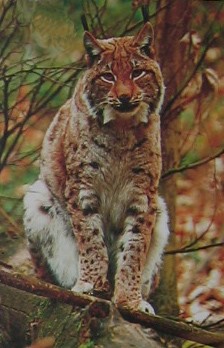NESIM SPÓŁKA Z OGRANICZONĄ ODPOWIEDZIALNOŚCIĄ SPÓŁKA KOMANDYTOWA
ul. Piastowska 22/5
50-361 WrocławE-mail: biuro@nesim.pl
KRS 0000802384
NIP 898-210-94-11
REGON 020514663
Wpisana do rejestru przedsiębiorców Krajowego Rejestru Sądowego prowadzonego przez Sąd Rejonowy Wrocław-Fabryczna, VI Wydział Gospodarczy Krajowego Rejestru Sądowego.
ul. Piastowska 22/5
50-361 WrocławE-mail: biuro@nesim.pl
KRS 0000802384
NIP 898-210-94-11
REGON 020514663
Wpisana do rejestru przedsiębiorców Krajowego Rejestru Sądowego prowadzonego przez Sąd Rejonowy Wrocław-Fabryczna, VI Wydział Gospodarczy Krajowego Rejestru Sądowego.

